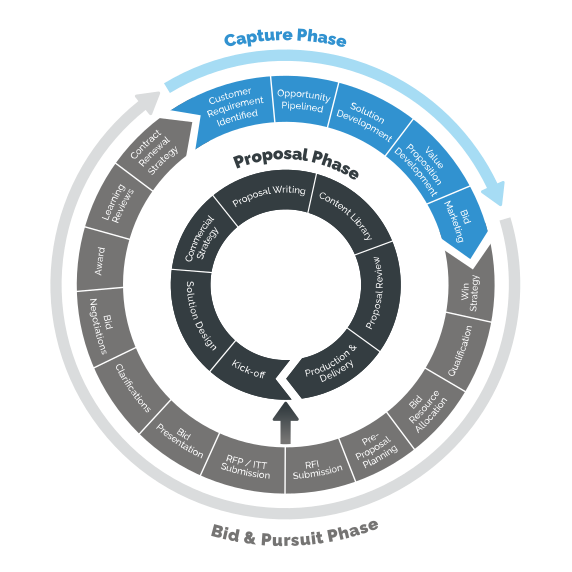
How robust is your bid pipeline? Do you have visibility of the ‘must-win’ opportunities for next 6 months and beyond? Do your sales team have to formally ‘call out’ an opportunity before you support it? Or, is your pipeline of opportunities quite literally the bids and proposals you are submitting in the next few weeks?
In our experience, top performing bid teams know what is coming down the pipeline many months ahead and allocate resources appropriately creating, develop and work on a plan to win strategy.
They frequently use the pipeline as a tool for justifying headcount growth within the bid team, whether it’s a permanent hire or contract support for one specific proposal. They will also use the pipeline to help sales teams gather the necessary intelligence on the anticipated competition, capturing as much detail as possible for use later in the Bid Lifecycle.
Best practice defines it as ‘a statement in a proposal that specifically addresses how aspects of an offer positively affect the customer’s business. Value propositions should provide customer-specific statements that are quantified and describe tangible and intangible value.’